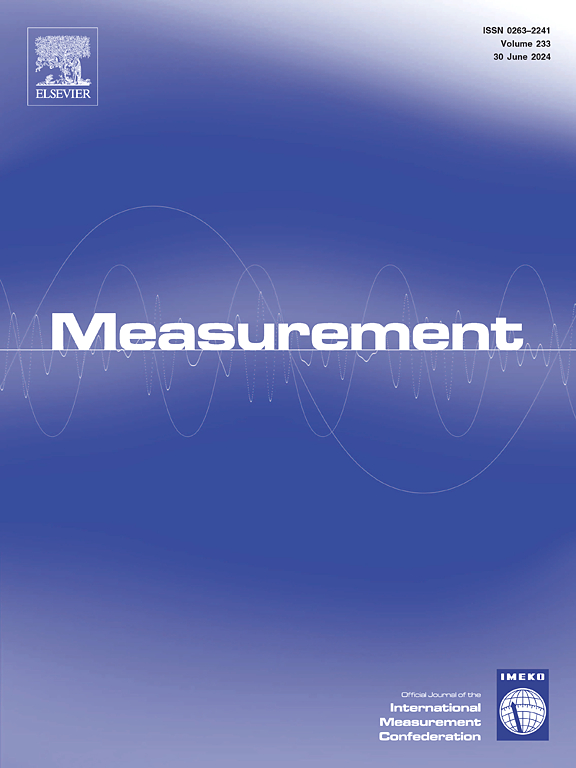Efficient combination of deep learning models for solar panel damage and soiling detection
IF 5.2
2区 工程技术
Q1 ENGINEERING, MULTIDISCIPLINARY
引用次数: 0
Abstract
Solar panels are essential for converting sunlight into electricity. Still, environmental factors can significantly compromise their efficiency and performance, particularly the accumulation of soiling on their surfaces or damage. This study proposes a hybrid model comprising an ensemble of deep-learning models to distinguish between soiled and damaged solar panels and their corresponding conditions. Our approach utilizes pre-trained deep learning models, fine-tuned for detecting soiling or damage on photovoltaic (PV) panels, to extract relevant features and build efficient classifiers. Introducing a post-processing ensemble model improves classification metrics compared to a single deep-learning model. Combining Convolutional Neural Networks and Vision Transformers in an ensemble model achieves the highest accuracy, with 96.3% for damage and soiling detection and 91.8% for damage and soiling type identification. These results significantly outperform one-tier deep learning models, which attain an accuracy of 87.7% when classifying all possible damage and soiling categories.
太阳能电池板损伤和污垢检测的深度学习模型的有效结合
太阳能电池板是将太阳光转化为电能所必需的。然而,环境因素可能会严重影响其效率和性能,特别是其表面污垢的积累或损坏。本研究提出了一个混合模型,包括深度学习模型的集合,以区分污染和损坏的太阳能电池板及其相应的条件。我们的方法利用预先训练的深度学习模型,对检测光伏(PV)面板上的污垢或损坏进行微调,提取相关特征并构建有效的分类器。与单个深度学习模型相比,引入后处理集成模型可以提高分类指标。在集成模型中结合卷积神经网络和视觉变压器达到了最高的准确率,损伤和污垢检测的准确率为96.3%,损伤和污垢类型识别的准确率为91.8%。这些结果明显优于单层深度学习模型,单层深度学习模型在分类所有可能的损坏和污染类别时达到87.7%的准确率。
本文章由计算机程序翻译,如有差异,请以英文原文为准。
求助全文
约1分钟内获得全文
求助全文
来源期刊

Measurement
工程技术-工程:综合
CiteScore
10.20
自引率
12.50%
发文量
1589
审稿时长
12.1 months
期刊介绍:
Contributions are invited on novel achievements in all fields of measurement and instrumentation science and technology. Authors are encouraged to submit novel material, whose ultimate goal is an advancement in the state of the art of: measurement and metrology fundamentals, sensors, measurement instruments, measurement and estimation techniques, measurement data processing and fusion algorithms, evaluation procedures and methodologies for plants and industrial processes, performance analysis of systems, processes and algorithms, mathematical models for measurement-oriented purposes, distributed measurement systems in a connected world.
 求助内容:
求助内容: 应助结果提醒方式:
应助结果提醒方式:


